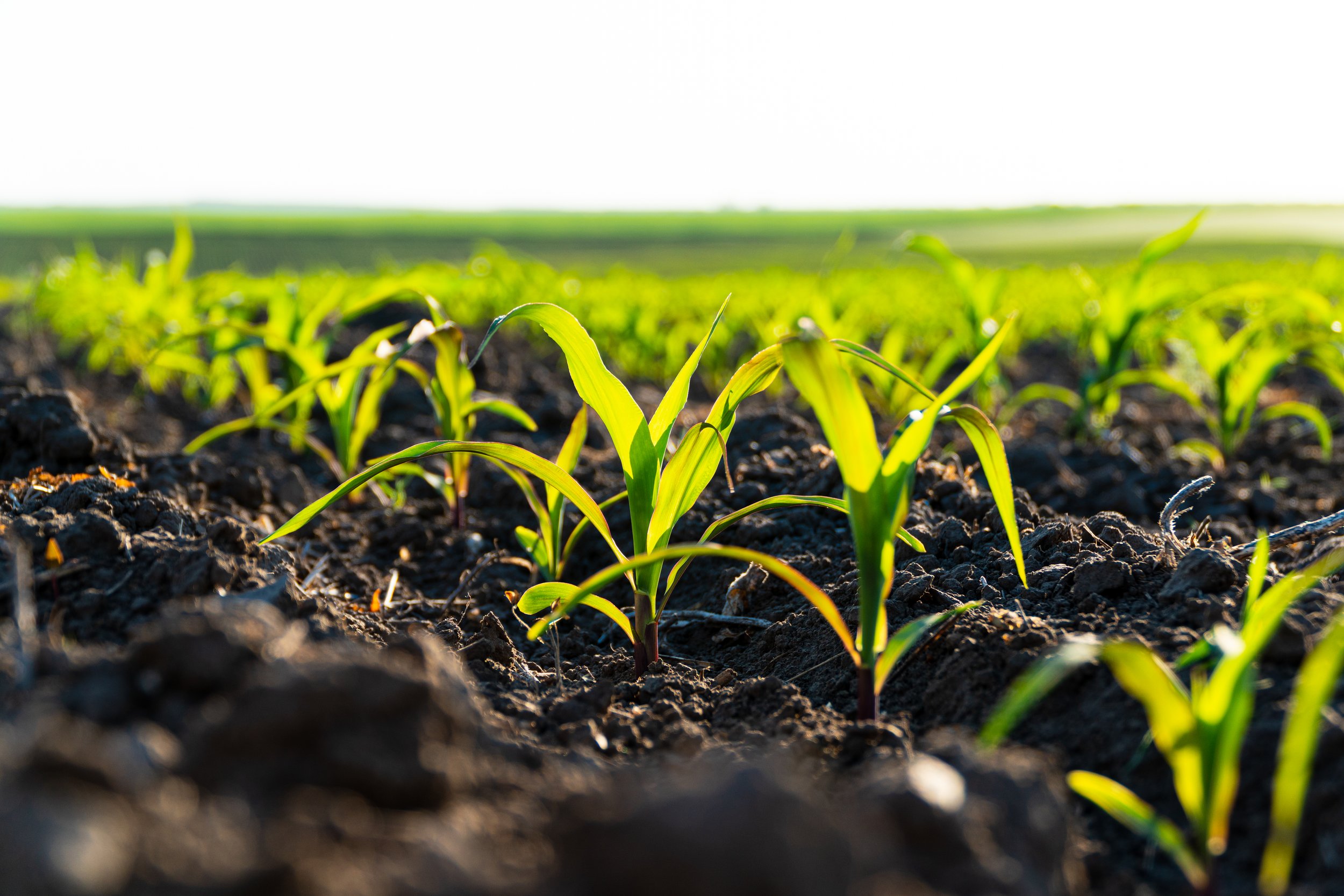
Agricultural Land Classification (ALC)
Agricultural Land Classification (ALC) services
What is Agricultural Land Classification (ALC)?
Agricultural Land Classification (ALC) provides a framework for classifying land in England and Wales according to the extent to which its physical or chemical characteristics impose long term limitations on agricultural use. It is used to inform planning decisions affecting greenfield sites.
Why do I need an ALC?
The National Planning Policy Framework requires planning authorities to "recognise the economic and other benefits of the best and most versatile agricultural land” when making decisions on development proposals.
The policy is relevant to all planning applications, including on smaller land parcels, although it is for the planning authority to decide how significant the agricultural land issues are and the need for information. Natural England/Welsh Government are the statutory consultees. Applications for mineral working or waste disposal are also required to produce an ALC where agricultural land is to be affected.
The system classifies land into five agricultural grades or certain non-agricultural grades:
Grade 1
Excellent quality agricultural land with no or very minor limitations.
Sub-grade 3a
Good quality agricultural land with moderate limitations that affect the choice of crop, timing and type of cultivation/harvesting or level of yield. This land can produce moderate to high yields of a narrow range of crops or moderate yields of a wide range of crops.
Grade 4
Poor quality agricultural land with severe limitations which significantly restrict the range and level of yield of crops.
Grade 2
Very good quality agricultural land with minor limitations which affect crop yield, cultivations or harvesting.
Sub-grade 3b
Moderate quality agricultural land with strong limitations that affect the choice of crop, timing and type of cultivation/harvesting or level of yield. This land produces moderate yields of a narrow range of crops, low yields of a wide range of crops and high yields of grass.
Grade 5
Very poor quality agricultural land with very severe limitations which restrict use to permanent pasture or rough grazing with the exception of occasional pioneer forage crops.
Grades 1, 2 and subgrade 3a are considered within the ‘best and most versatile’ land category in the current planning system as detailed in the National Planning Policy Framework. This land is deemed the most flexible, productive and efficient in response to inputs, it is the best to deliver future crops for food and non-food uses (such as biomass, fibres and pharmaceuticals). Planning authorities will take into account the economic and other benefits of the best and most versatile agricultural land when making decisions on development applications. Development of grades 1, 2 and subgrade 3a is avoided to protect the most productive agricultural land.
The Agricultural Land Classification Process
In order to grade the land, a desk based study and field survey are required to assess the factors that affect the site and their interactions. The main factors affecting land grade are:
· Climate: temperature and rainfall, aspect, exposure and frost risk
· Site: gradient, micro-relief and flood risk
· Soil: texture, structure, depth and stoniness, chemical properties (which cannot be corrected)
Climate and flood risk are determined during the desk based survey. This is then used to inform the field survey which involves taking soil observations (using a hand held auger) across the site, usually at a sample density of one observation per hectare. Soil and site factors are recorded on a field sheet at each point; these details are used alongside the climate and flood risk to determine the most limiting factor and so a land grade is allocated for each point. A small trial pit is dug on each soil type/land grade identified to better describe the soil profile and confirm auger findings.
Following the survey, a report is issued to the client that includes the following:
· Site description including location, land use, topography climate and flooding
· Review of published information on geology, soil types and existing information on ALC
· Site survey details including soil descriptions
· ALC grading assessment including assessment of climate, soil texture, structure, wetness and droughtiness
· Maps highlighting the extent of the agricultural land grades
Key Contact
-

Alan Taylor
Principal Environmental Consultant
E: ataylor@oracle-environmental.com

